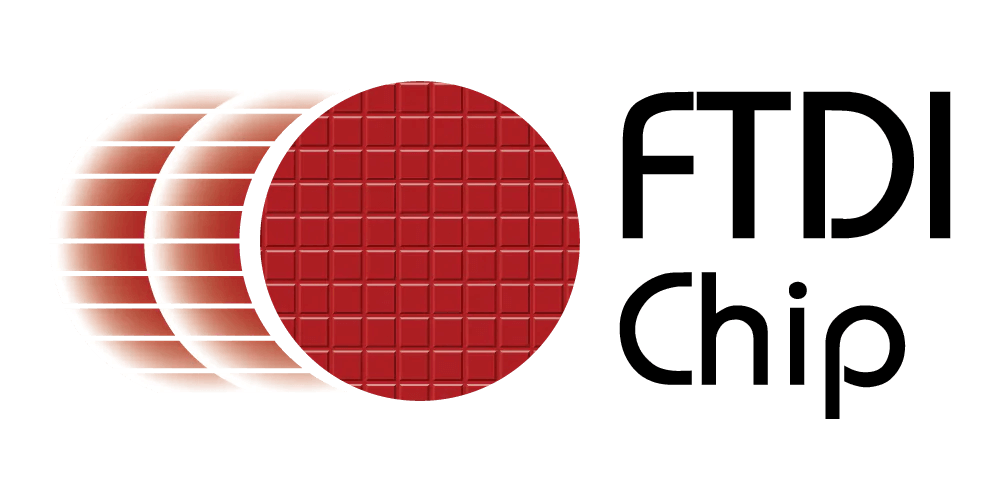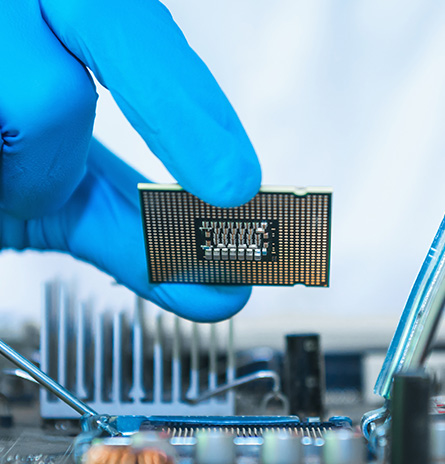HOME AUTOMATION
FTDI devices play a crucial role in various aspects of home automation. FTDI chips can be embedded in devices and components to enable communication, processing and control within a smart home ecosystem. Here are some key uses of FTDI chips in home automation.
- Android Controller
An FTDI device can be used with an Android controller to interface with an Arduino board. In this scenario, the Arduino board is part of a home automation system and the FTDI chip facilitates communication between the Android device and the Arduino for monitoring and control. The FTDI chip acts as a bridge, converting USB communication to serial communication that the Arduino understands.
- Environmental Control
FTDI chips can be used for environmental control in home automation systems by facilitating communication between a microcontroller or embedded system and a computer. This setup allows the user to monitor environmental parameters (such as temperature, humidity and air quality) and control devices (like HVAC systems or smart thermostats) using a USB connection.
- Light Control
LED Driver Communication: FTDI chips can be used to communicate with LED drivers or controllers, enabling control over color, brightness, and lighting effects.
Integration with Lighting Systems: FTDI chips can facilitate USB connectivity for integrating light control systems with computers, smartphones, or home automation networks.
- Smart Camera
FTDI devices can be used with a smart camera in a home automation setup for configuration and control. The FTDI chip acts as a bridge between the smart camera and a computer (or another device) for easy configuration and monitoring. The FTDI device can be used to transfer the data from the smart camera to the PC.
- Smart Home Controller
Integrating an FTDI chip with a smart home controller can enhance communication and control capabilities in a home automation system. The FTDI chip facilitates USB-to-serial communication, allowing the smart home controller to interface with various devices, sensors and actuators. The FTDI chip acts as a communication bridge between the smart home controller and individual devices that use serial communication for data logging and configuration purposes.
- Sweeping Robot
Control Interface: FTDI chips can provide a communication interface for controlling sweeping robots, allowing for commands to be sent from a central controller or smartphone application.
Sensor Data Transmission: FTDI chips can facilitate the transmission of sensor data (e.g., obstacle detection, battery status) from the sweeping robot to a monitoring or control system.
- Wireless Extension
FTDI devices can be integrated with a microcontroller or embedded system and connected to a wireless module (e.g., Wi-Fi, Bluetooth or RF module). This allows data to be wirelessly transmitted and received. The FTDI chip facilitates USB-to-serial communication, enabling a computer or another device to communicate with the wireless extension.







